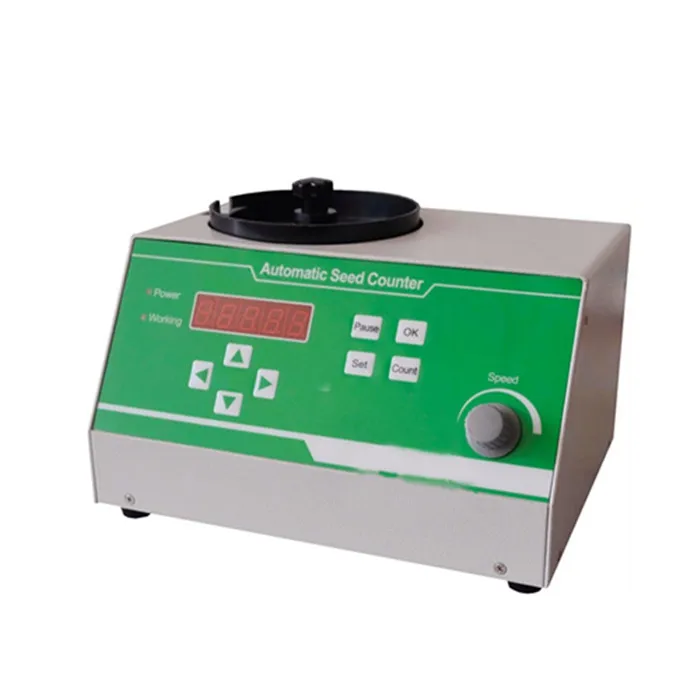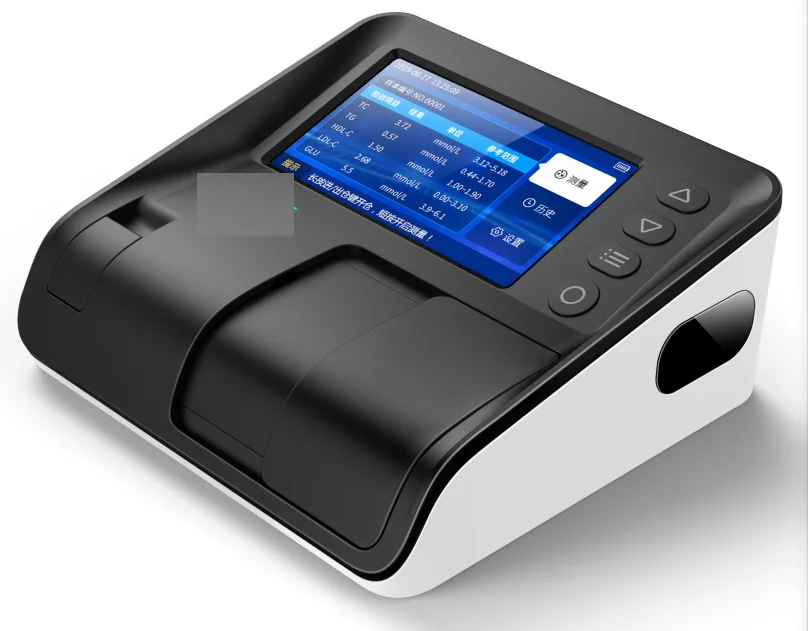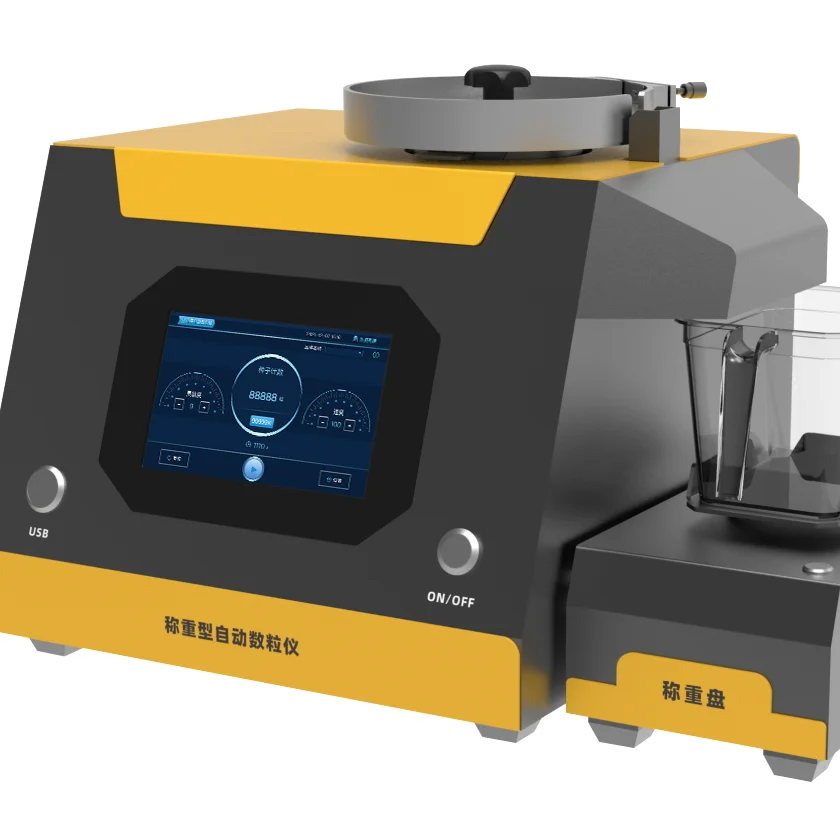Viscometers measure how much a liquid resists flowing, automatically. This resistance is known as viscosity. The machine has a rotating piece called a spindle that dips into the liquid. As the spindle rotates, the machine verifies how rapidly the spindle is rotating and how much force is required to force the spindle through the liquid.
Viscosity matters because it influences how liquids flow. As an example honey is thick and does not flow quickly, whereas water is thin and has a high flow rate.” Physicists can discover interesting things about how different liquids move and interact with other things by studying their viscosity.

Prior to automated viscometers, scientists needed to determine viscosity by hand, such as by using a stopwatch to calculate how long it took a liquid to flow through a tube. “This was a time-consuming and often imprecise process. This has changed with automatic viscometers offering speedy and accurate measurements. They enable scientists to better study liquids, and to develop new products, like paints, cosmetics and food products.

When selecting an automatic viscometer for your lab, there are a few things that you should keep in mind. Not all models have all of these features, so your selection should be determined by what liquids you need to be able to test and how accurate you need the results to be. You should also consider the sample size, how quickly you need results, and how much you want to automate.

With advances in technology, the road for viscosity testing via automatic viscometers appears to be full of promise. Newer models with even faster, more accurate results are in the works from scientists. They hope to make these machines smaller and more portable so that they can be used in a variety of locations.